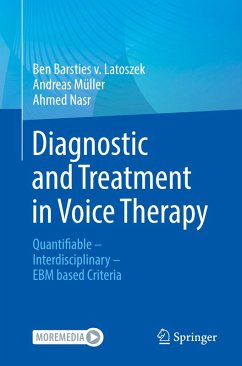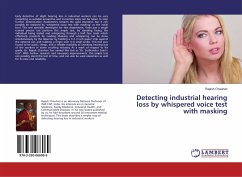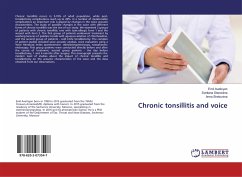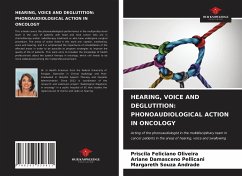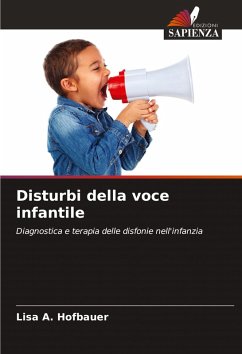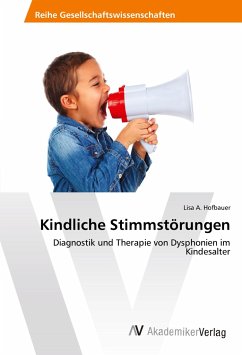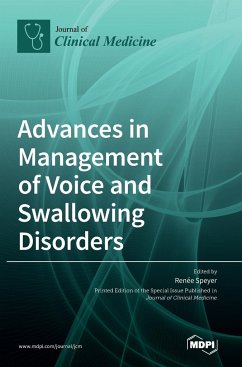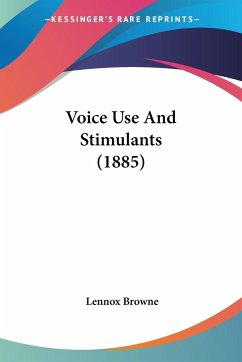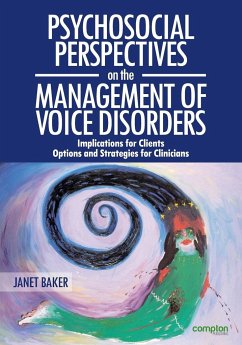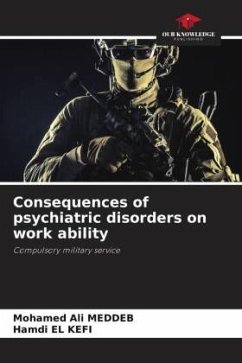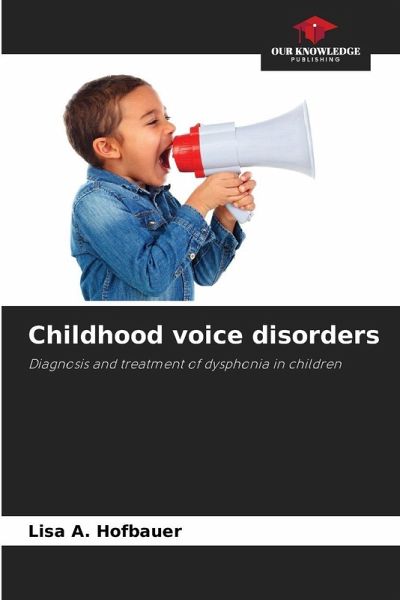
Childhood voice disorders
Diagnosis and treatment of dysphonia in children
Versandkostenfrei!
Versandfertig in 6-10 Tagen
25,99 €
inkl. MwSt.

PAYBACK Punkte
13 °P sammeln!
Up to a quarter of children are affected by voice disorders, yet they are often diagnosed very late. Hoarseness in children is often caused by phonatory thickening, which results from functional dysphonia. However, there are also congenital causes, such as laryngeal dysplasia, laryngeal papillomatosis or vocal cord cysts. Diagnosis in children is almost identical to that in adults, as there is little specialised examination material available. The VHI, for example, has been adapted for children but has not yet been validated for German. Psychosocial factors play a major role in functional voic...
Up to a quarter of children are affected by voice disorders, yet they are often diagnosed very late. Hoarseness in children is often caused by phonatory thickening, which results from functional dysphonia. However, there are also congenital causes, such as laryngeal dysplasia, laryngeal papillomatosis or vocal cord cysts. Diagnosis in children is almost identical to that in adults, as there is little specialised examination material available. The VHI, for example, has been adapted for children but has not yet been validated for German. Psychosocial factors play a major role in functional voice disorders. This finding is also incorporated into current treatment methods. The Systemic Constructivist Therapy Approach (SYGESTI), the Bernese Letter Dynamic Intervention (BBDI) and the Psycholinguistic Therapy Approach are different holistic voice therapy concepts developed specifically for children. The family and social environment are involved in the therapy, which not only addressesthe symptoms of the voice but also attempts to positively influence external factors.



